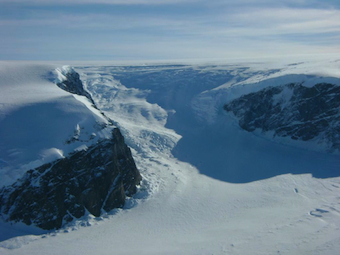Getting Ready for Chapter 5
|
|
Figure GR4.1 High sun angles and lack of clouds results in much insolation in the Sahara Desert (Landsat image). Courtesy NASA (Source) |
|
Help keep this site available by donating through PayPal.

This work is licensed under a Creative Commons Attribution-ShareAlike 4.0 International License..

